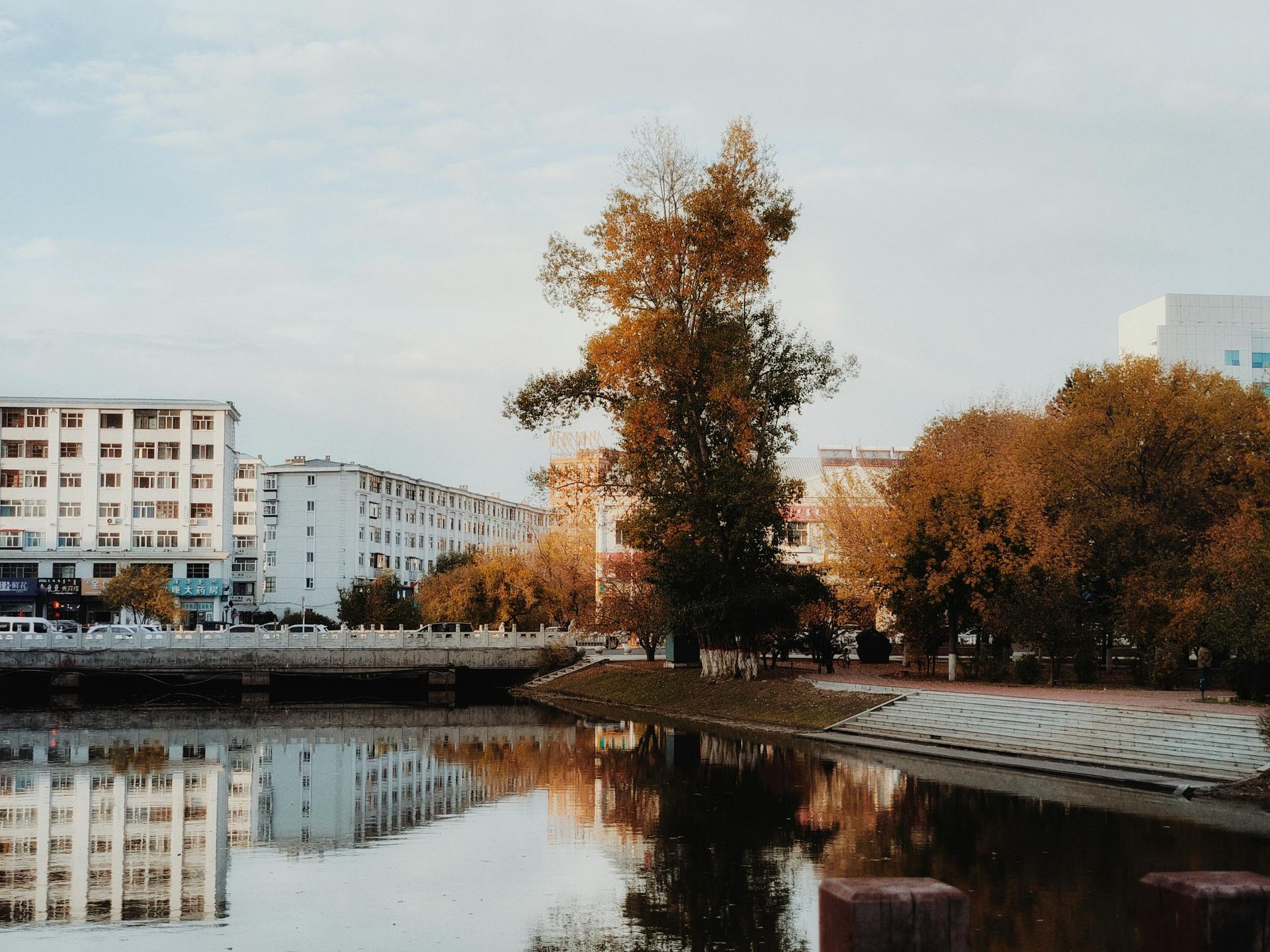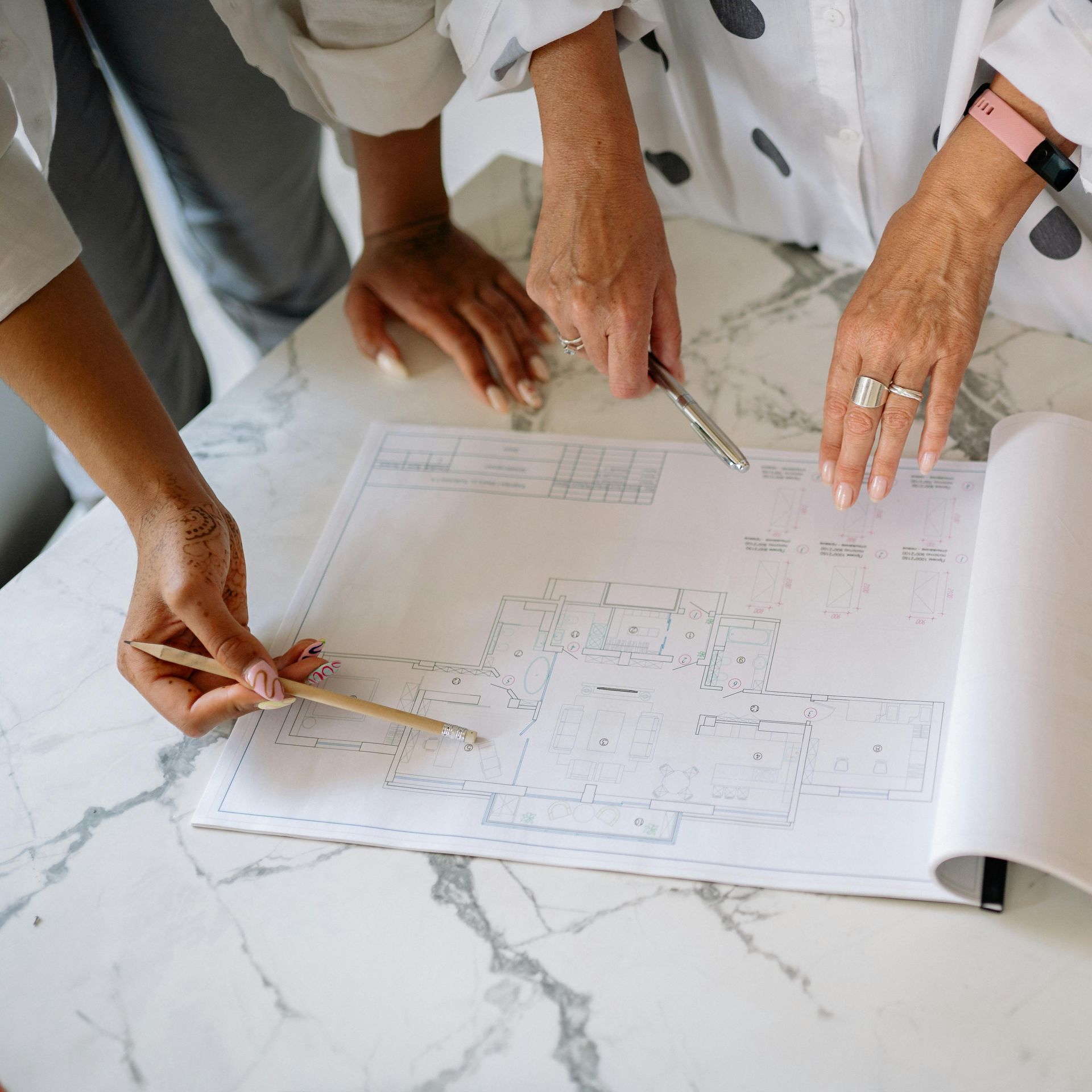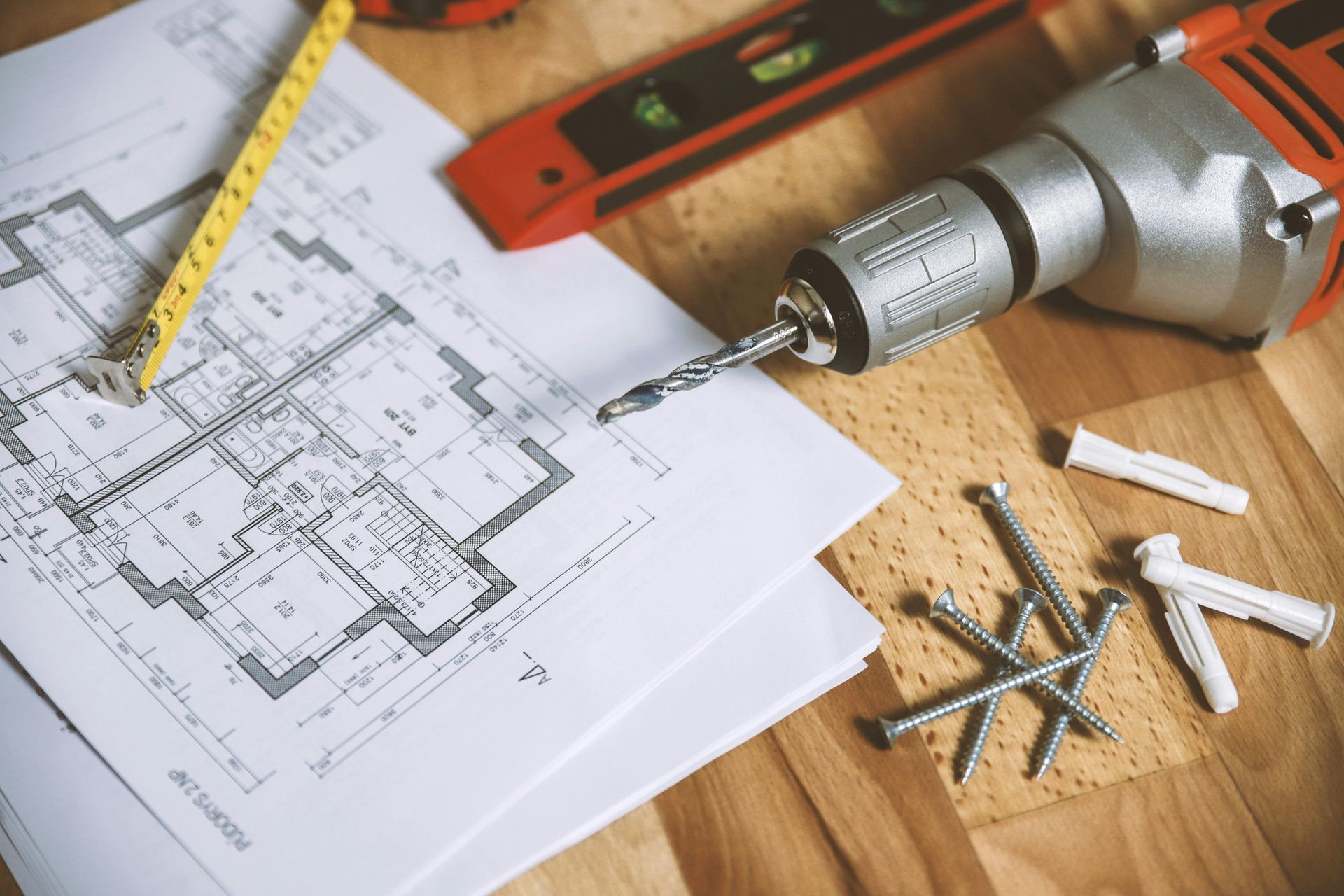Burnout to Victory Lane

Burnout in the AEC industry isn’t just an individual struggle - it’s a systemic issue affecting firms, teams, and bottom lines. Whether you're designing a high-rise, managing a construction site, engineering infrastructure, or representing a product line, the pace and pressure can quietly drain even the most passionate professionals.
As someone who has navigated burnout from multiple angles - as an employee, employer, and now a self-employed consultant - I’ve seen firsthand how this silent epidemic impacts individuals and organizations alike. In a profession that prides itself on precision and resilience, it's time to confront burnout head-on.
The Alarming Reality of Burnout
A recent Gallup study revealed that 76% of employees experience burnout at least sometimes. That’s three out of four of us.
In the AEC sector, long hours, tight deadlines, regulatory complexity, and the constant pressure to innovate and deliver can create a perfect storm. When left unchecked, burnout erodes productivity, elevates turnover, increases absenteeism, and drives up healthcare costs.
Burnout can cost organizations an average of 15-20% of total payroll in voluntary turnover alone.
Beyond the dollars and stats, the human cost is even more sobering: diminished confidence, loss of motivation, and the quiet decision to seek a way out.
My Story: From Overdrive to Overwhelmed
I once believed I could “power through” anything. I equated exhaustion with commitment and ignored the signs that my well-being was slipping. Like many in the AEC world, I wore my work ethic like armor - until it cracked. Burnout doesn’t announce itself loudly; it sneaks in, disguised as late nights, skipped meals, or constant self-doubt.
Admitting burnout was the hardest - and most freeing - step I ever took. That admission set me on a path of recovery and transformation, and it’s the reason I speak on this topic today.
"What I mistook for depression was actually burnout draining me on every level."
Understanding Burnout in the AEC Context
Burnout isn’t about being “tired.” It’s a state of emotional, physical, and mental exhaustion caused by prolonged stress and overwork.
Root Causes in AEC:
- Unrealistic deadlines and expectations
- Lack of autonomy or recognition
- Poor communication or unclear roles
- Recent personal trauma or life events
- Isolation from team support or community
Signs You (or Your Team) Might Be Burned Out:
- Increased irritability or cynicism
- Declining performance or motivation
- Chronic fatigue or insomnia
- Disengagement from work or peers
- More sick days or unexplained absences
As a leader or peer, don't wait for someone to crash. Be proactive. Ask questions. Create space for honest conversations.
Tools for Recovery and Prevention
Recovery begins with awareness. Once we name it, we can change it.
Practical Recovery Tools:
- Mindfulness and Meditation: Short daily practices to reset stress.
- Breathing Techniques: Regulate the nervous system during high-stress moments.
- Yoga and Movement: Reconnect the mind and body.
- Mental Health Days: Normalize time for self-care.
- Setting Boundaries: Protect your time. “No” is a complete sentence.
- Ask for Help: Whether it’s your manager, a peer, or a coach, don’t go it alone.
- Therapy or Coaching: Talking to a professional can help process burnout and strategize recovery.
- Volunteering or Purpose Projects: Reconnect with meaning outside of work to rekindle motivation.
Recommended Reads:
- “Let Them” by Mel Robbins
- “Burnout” by Emily & Amelia Nagoski
- “Uptime” by Laura Mae Martin
- “The Cure for Burnout” by Emily Ballesteros
Building a Culture of Support in AEC Firms
Burnout isn’t solved with pizza Fridays and occasional wellness emails. It takes intentional cultural shifts.
Here’s where to start:
1. Mentorship Programs: Create structured support systems for emerging professionals to grow under seasoned guidance.
2. Workload Transparency: Promote clear communication about project demands and redistribute when needed.
3. Flexible Schedules: Allow professionals to manage their time and recharge when necessary.
4. Mental Health Awareness: Encourage open discussion and provide resources for counseling or coaching.
5. Employee Recognition: Celebrate wins - big and small. A please and thank-you goes a long way.
Burnout is not a badge of honor. It's a warning signal - a chance to realign before breakdown becomes breakdown.
At Kennedy Consulting Services, we believe in equipping professionals not just to survive the demands of the AEC world, but to thrive. Whether through keynote speaking, consulting, or soon-to-launch corporate yoga sessions, we’re helping teams cross the finish line stronger, healthier, and more connected.
If you’re ready to shift your firm’s culture or want to bring “Burnout to Victory Lane” to your team, let’s talk. Together, we can pave the road to recovery.
Contact Us | kennedyconsultingserv.com
Architectural Solutions | Hospitality Expertise | Leadership Development
Follow us for future workshops, insights, and wellness offerings.
The KCS Perspective



